Dark tourism in Cambodia is a complex topic that often invites both intrigue and discomfort. It involves visiting sites associated with death, suffering, and the darker aspects of human history. While dark tourism can serve as a form of education, it also raises ethical questions regarding the exploitation of tragic events for commercial gain.
This article explores various dark tourism sites in Cambodia, such as Anlong Veng and Kampong Chhnang, highlighting their historical significance and the potential for development that can benefit local communities. We will also discuss the commendable efforts of organizations like Cam-Doc in preserving the history and memory of these sites.
To read about our overall take on Dark Tourism click here.
Understanding Dark Tourism in Cambodia
Dark tourism is not a new phenomenon. It dates back centuries, with people traveling to locations known for their tragedies. In Cambodia, the term is often used to describe visits to places connected to the Khmer Rouge regime, which lasted from 1975 to 1979 and resulted in the deaths of an estimated two million people. The most notorious sites include the S-21 prison (Tuol Sleng) and the Killing Fields of Choeung Ek.
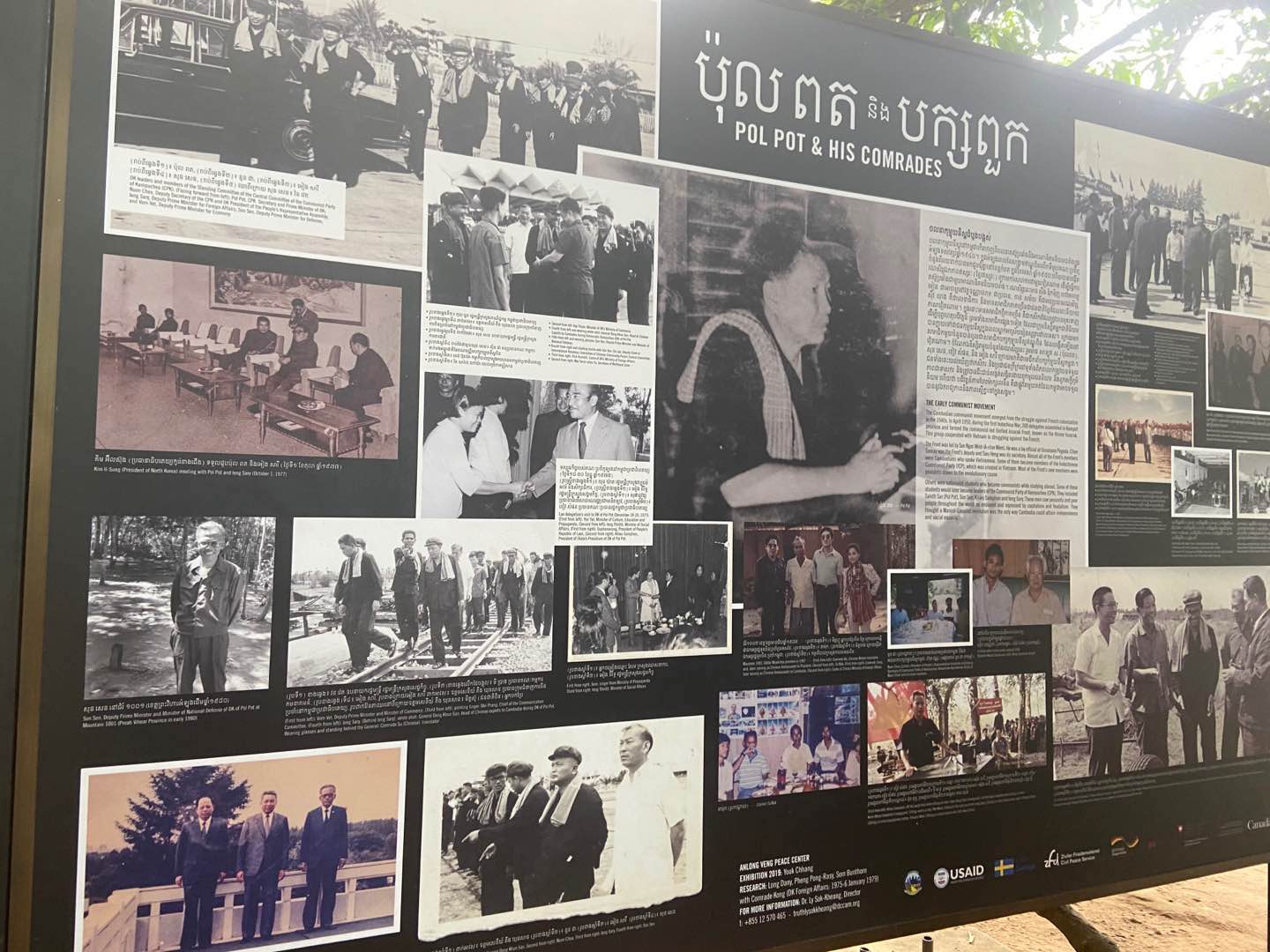
While these locations serve as important reminders of Cambodia’s dark past, the rise of dark tourism raises questions about the implications of visiting such sites. Are we honoring the victims, or are we simply voyeuristically indulging in the macabre?
Mainstream Dark Tourism Attractions
S-21 Prison and the Killing Fields
S-21 prison is perhaps the most famous dark tourism site in Cambodia. Once a high school, it was transformed into a detention and torture center during the Khmer Rouge era. Today, it serves as a museum, educating visitors about the atrocities committed there. The museum is essential for understanding the broader implications of the Khmer Rouge’s reign of terror.
Similarly, the Killing Fields of Choeung Ek provide a visceral reminder of the brutality of this period, with mass graves scattered across the site. While these places attract countless visitors, they also force us to confront the uncomfortable reality of Cambodia’s history.
Battambang Bat Caves
On a different note, Battambang’s bat caves represent a unique blend of dark tourism and natural wonder. Each evening, millions of bats swarm out of the caves, creating a mesmerizing spectacle. While not directly tied to the tragic history of Cambodia, these caves attract tourists who seek an experience that is eerie yet awe-inspiring.
Click the link to learn about Battambang street food.
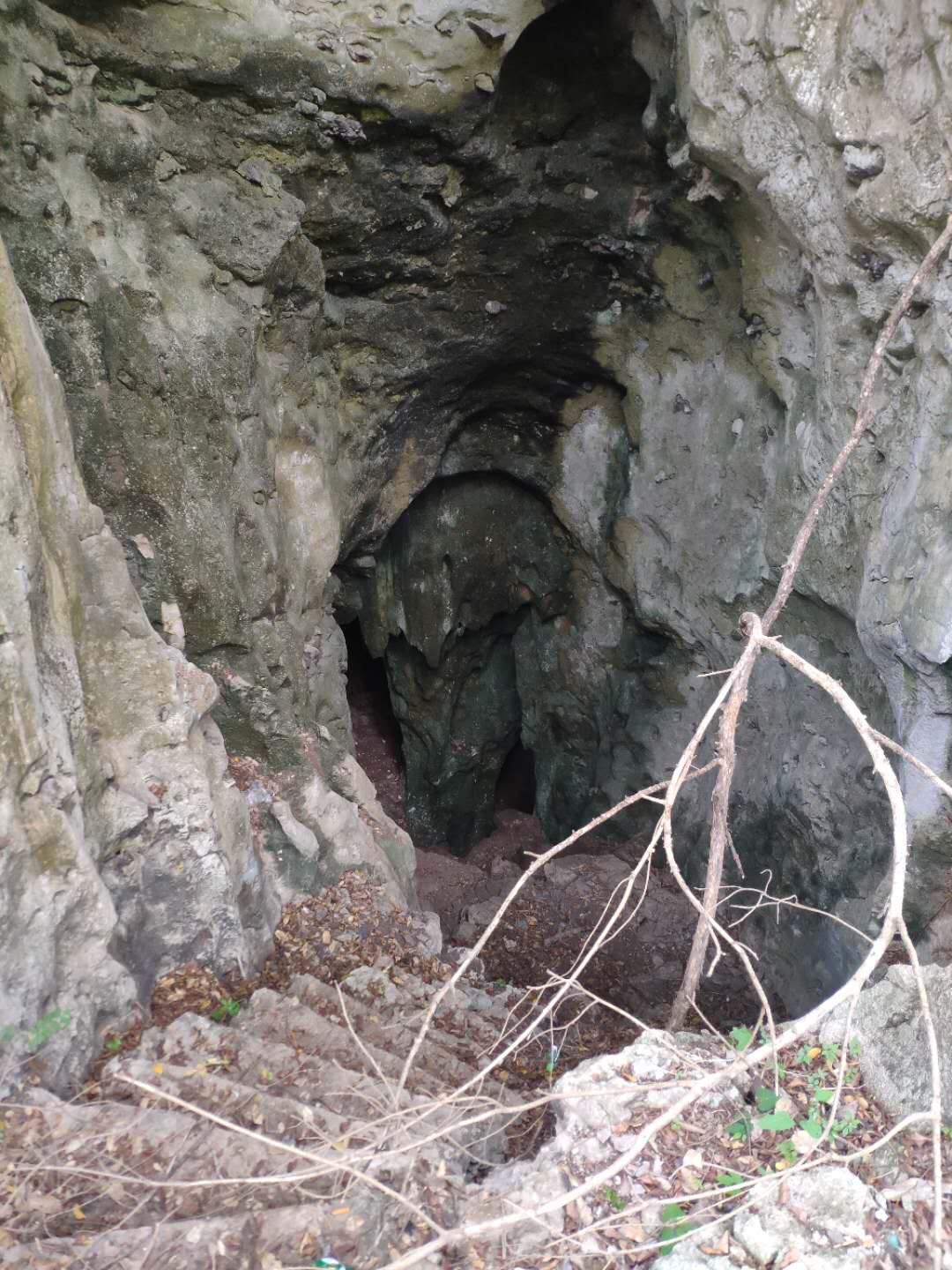
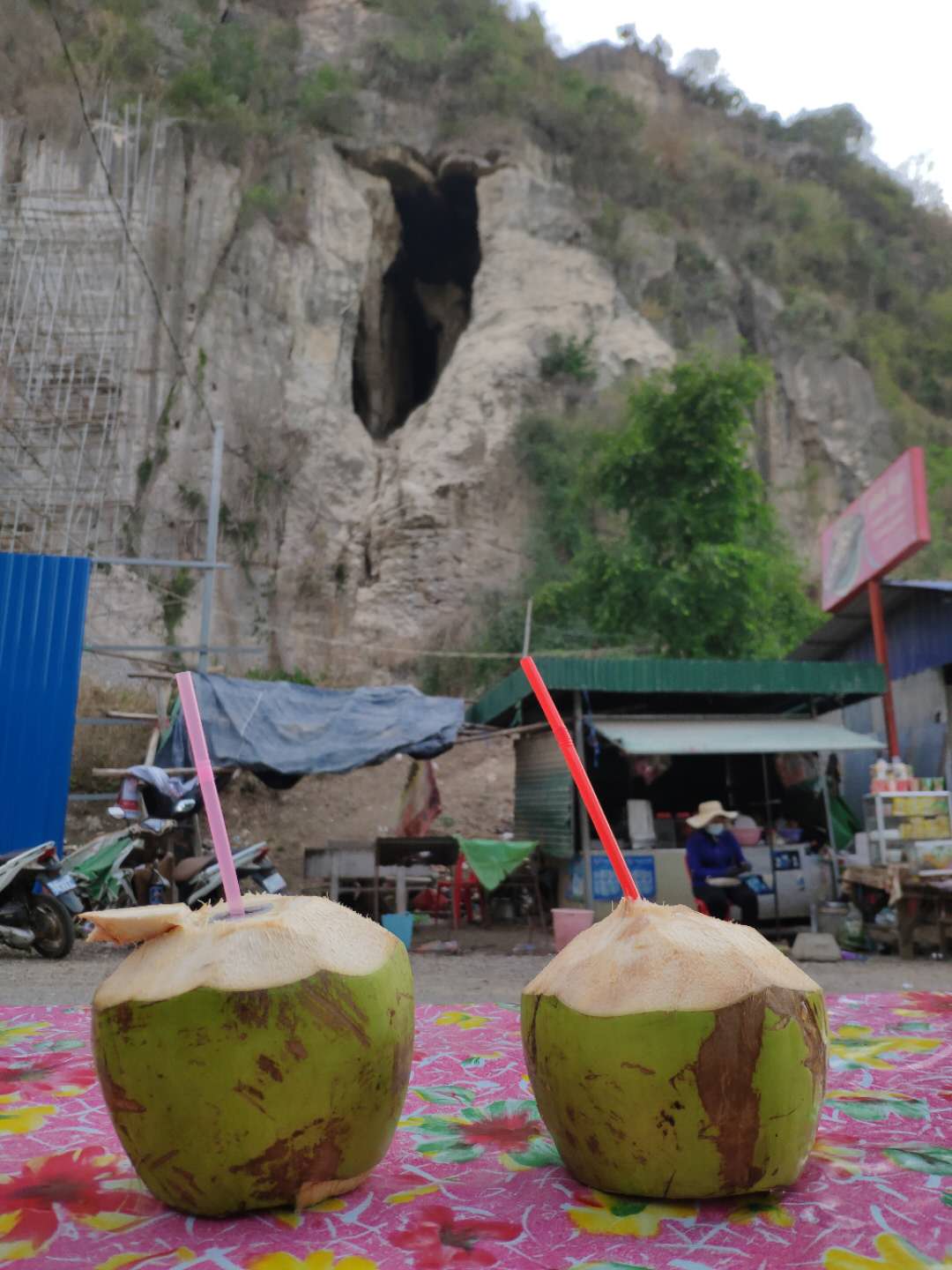
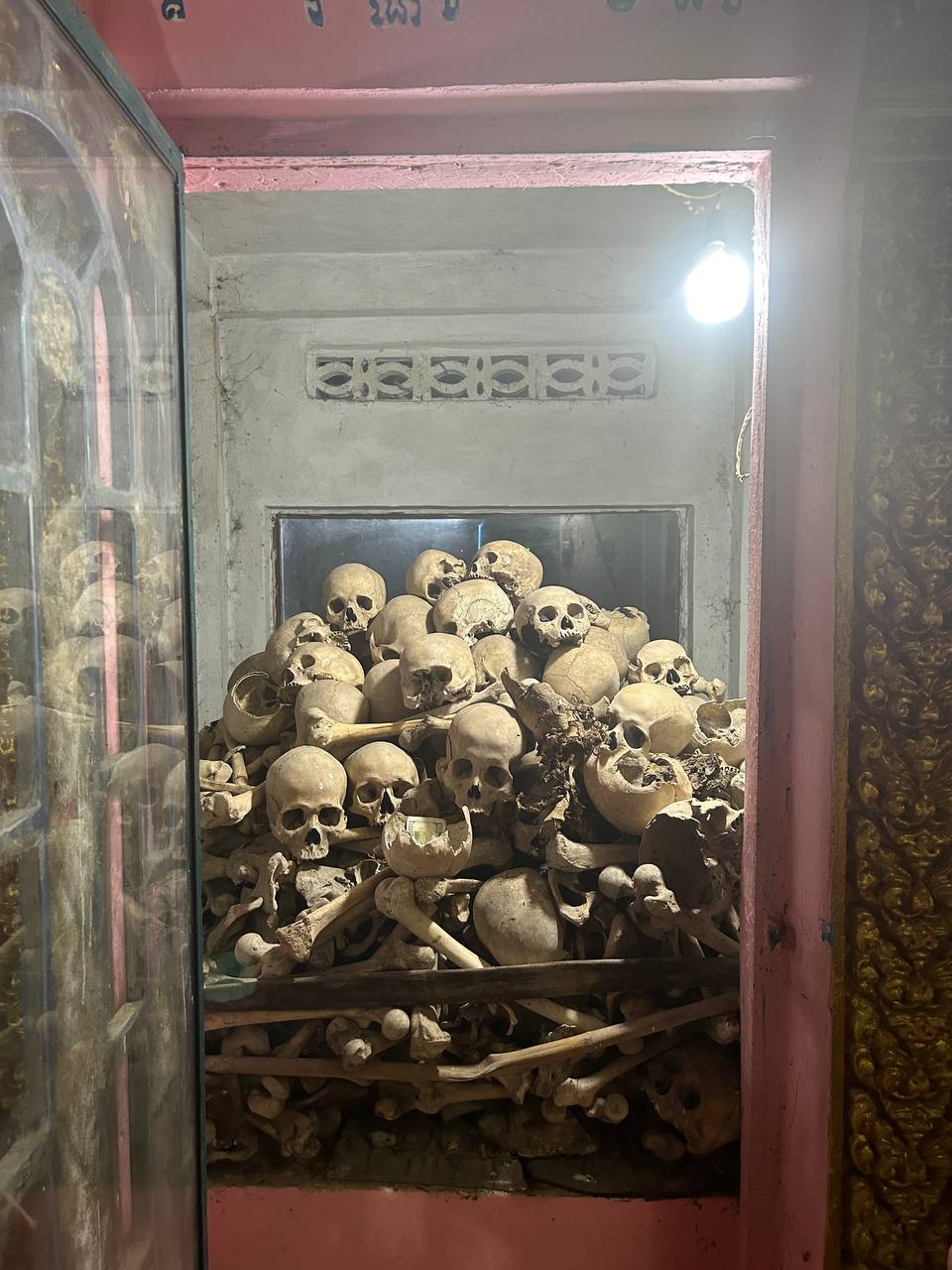
Controversial Sites: Anlong Veng and Bokor Hill
Anlong Veng
Moving away from the more well-trodden paths, Anlong Veng is a site steeped in controversy. It was once a stronghold of the Khmer Rouge and is associated with figures like Pol Pot. Here, visitors can find Pol Pot’s grave, which some may argue serves as a morbid attraction that glorifies a tyrant. The local economy relies heavily on tourism, yet many locals feel conflicted about showcasing such a painful chapter in their history.
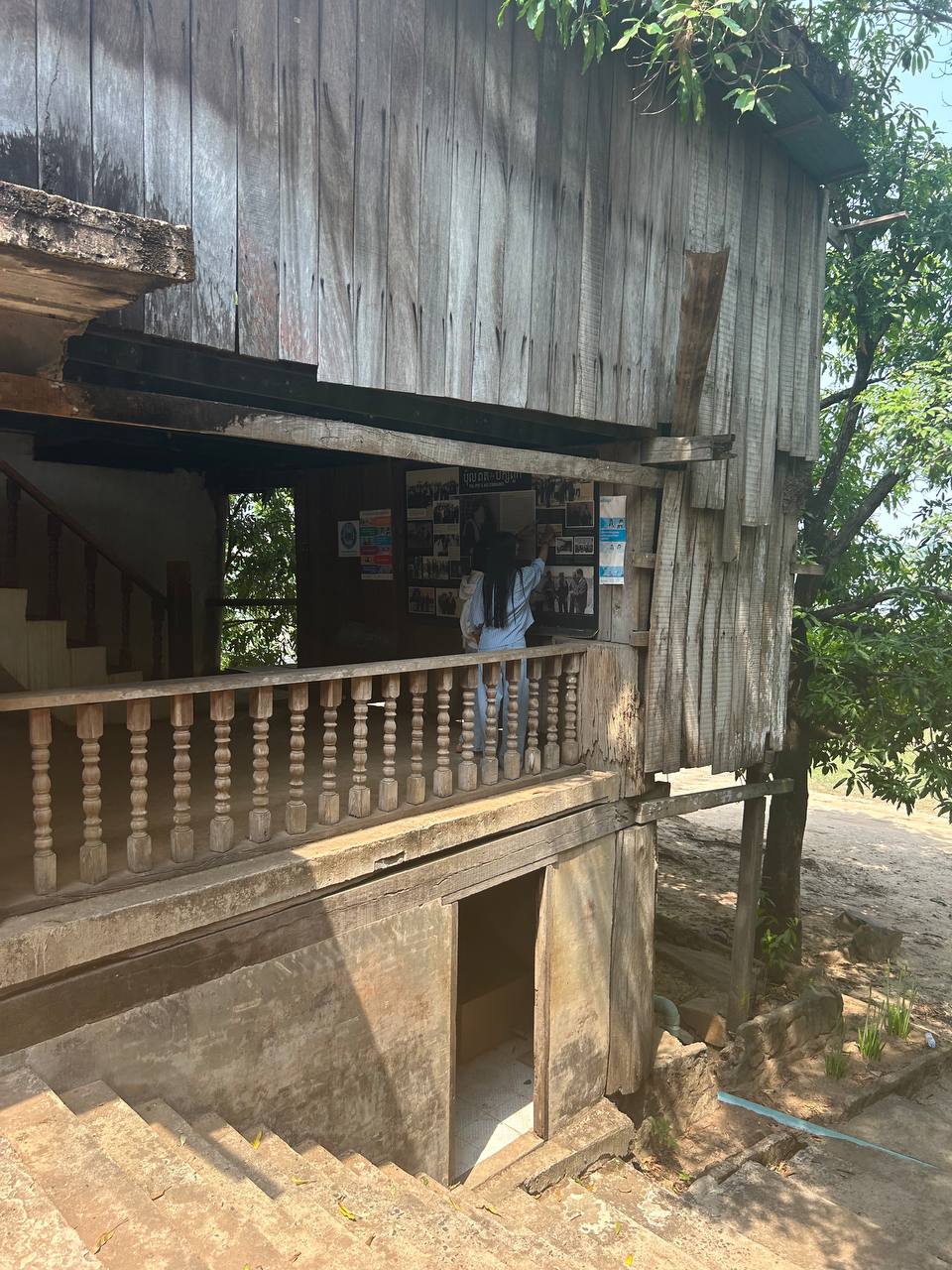
Visiting Anlong Veng raises questions about the ethics of dark tourism. Are we honoring the victims or inadvertently glorifying their oppressor? The area also features remnants of the Khmer Rouge’s military presence, such as bunkers, which can provoke a range of emotions in visitors. While the historical significance of Anlong Veng is undeniable, its potential as a dark tourism site is contentious and requires careful consideration.
You can check out the link for a bio of Tak Mok.
Bokor Hill
Bokor Hill, with its abandoned casino and eerie atmosphere, presents another facet of dark tourism in Cambodia. Once a glamorous getaway for the elite, it has since fallen into disrepair. Its ghostly structures are a reminder of the country’s tumultuous past, providing a backdrop for photography and exploration. Like Anlong Veng, Bokor Hill raises ethical questions. Is it right to profit from a site that embodies such a dark legacy?
Click the link for street food Kampot.
Lesser-Known Dark Tourism Sites
For those willing to delve deeper into Cambodia’s dark history, lesser-known sites like Kampong Chhnang Airport offer a more obscure look at the country’s past. This airport was once used by the Khmer Rouge and now stands as a ghostly reminder of the era. While it may not be as well known as S-21 or the Killing Fields, its historical significance is crucial for understanding the full scope of the Khmer Rouge’s impact on Cambodia.
Click the link for Kampong Chhnang Airport.
The Role of DC-Cam
Organizations like DC-Cam play a vital role in preserving Cambodia’s dark history. By documenting these lesser-known sites, they ensure that the stories of those who suffered are not forgotten. Cam-Doc focuses on educating both locals and tourists about the historical context of these locations, helping to facilitate discussions about memory, trauma, and recovery.
DC-Cam’s efforts are particularly important for sites like Kampong Chhnang, where the lack of tourism infrastructure can hinder education and remembrance. By fostering awareness of these obscure sites, Cam-Doc not only enriches the understanding of Cambodia’s past but also promotes community engagement and development.
The Positive Impact of Dark Tourism
Despite its controversies, dark tourism in Cambodia can serve as a force for good. By bringing visitors to underdeveloped areas, it can stimulate local economies and promote cultural exchange. This financial support can lead to improved infrastructure, educational opportunities, and better resources for communities that have been historically marginalized.
For instance, the influx of tourists to places like Anlong Veng has created opportunities for local businesses, from food vendors to guided tours. While the ethical implications remain complex, the potential for positive change is undeniable. As long as dark tourism is approached with sensitivity and respect, it can foster understanding and healing for both visitors and locals.
Comparing Dark Tourism: Cambodia and Beyond
When discussing dark tourism in Cambodia, it is important to compare it with similar experiences in other parts of the world, such as Auschwitz or Machu Picchu. Both sites serve as reminders of human suffering and resilience, yet they are approached differently.
In Cambodia, the narrative often intertwines with the ongoing recovery and cultural identity of its people. Unlike static memorials in places like Auschwitz, Cambodian sites like Anlong Veng and Bokor Hill are part of a living landscape that reflects the ongoing struggle to understand and overcome trauma. Visitors not only engage with the history but also witness the resilience of a nation striving to move forward.
Conversely, Machu Picchu, while also steeped in history, tends to attract a different kind of tourism focused on its architectural marvels rather than its dark past. The approach to dark tourism varies significantly across cultures, raising questions about how societies choose to remember and interpret their histories.
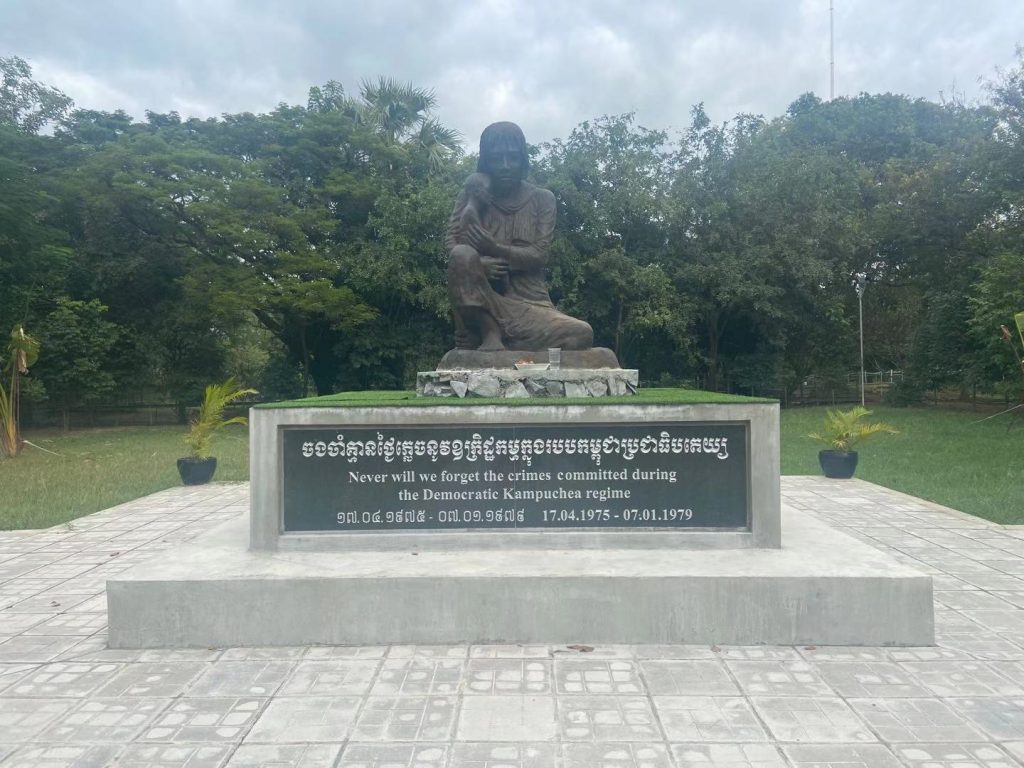
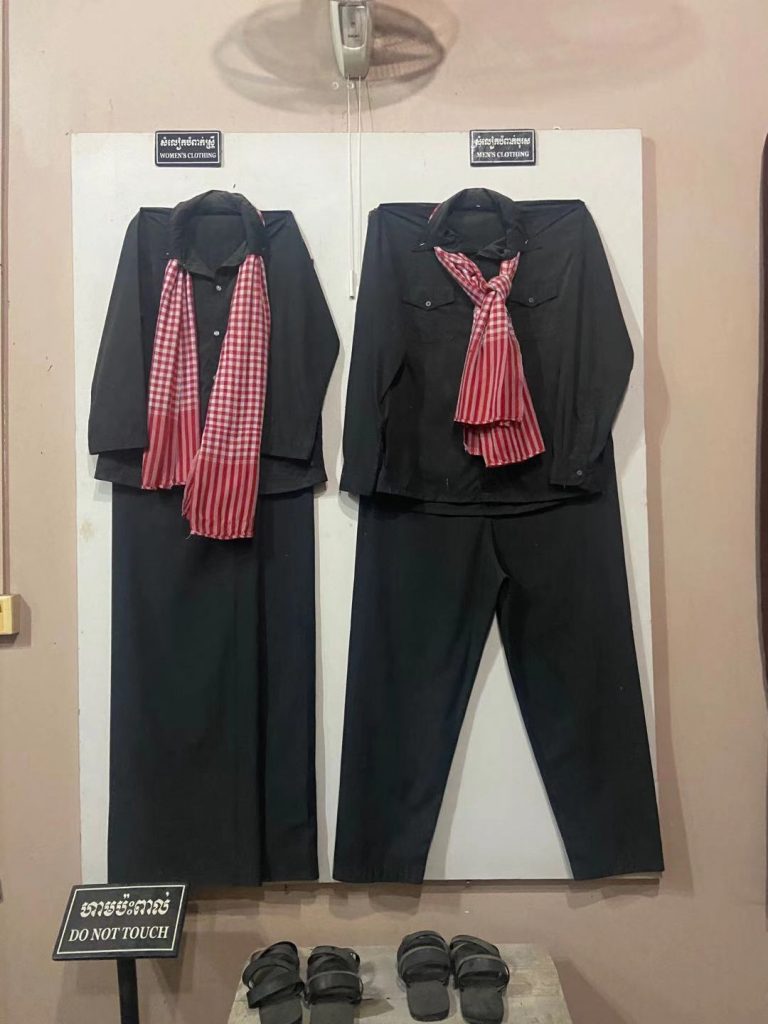
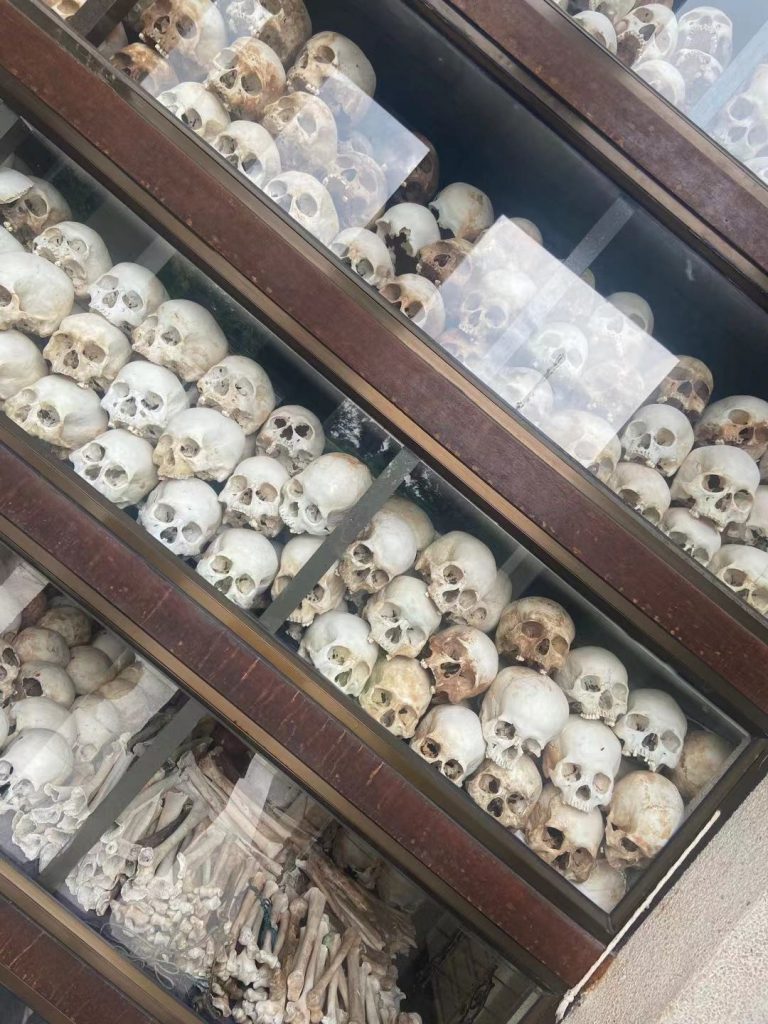
Conclusion: Embracing the Complexity of Dark Tourism
Dark tourism in Cambodia is a multifaceted topic that encompasses both pain and healing. By exploring sites like Anlong Veng and Kampong Chhnang, visitors gain insight into the nation’s turbulent history while supporting local economies. Organizations like Cam-Doc play a crucial role in documenting and preserving these histories, ensuring that the past is remembered and understood.
While dark tourism may never be free of controversy, it has the potential to serve as a catalyst for positive change. By engaging with these sites sensitively, we can foster conversations about trauma, resilience, and the importance of memory. As we navigate the complexities of dark tourism, the ultimate goal should be to honor the past while paving the way for a brighter future.
Click the link to view our Cambodia Tours.





